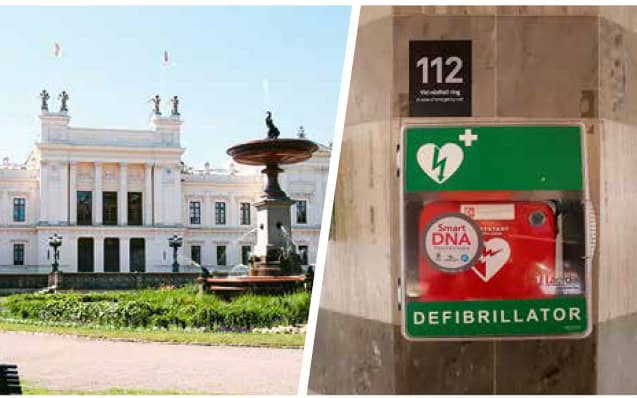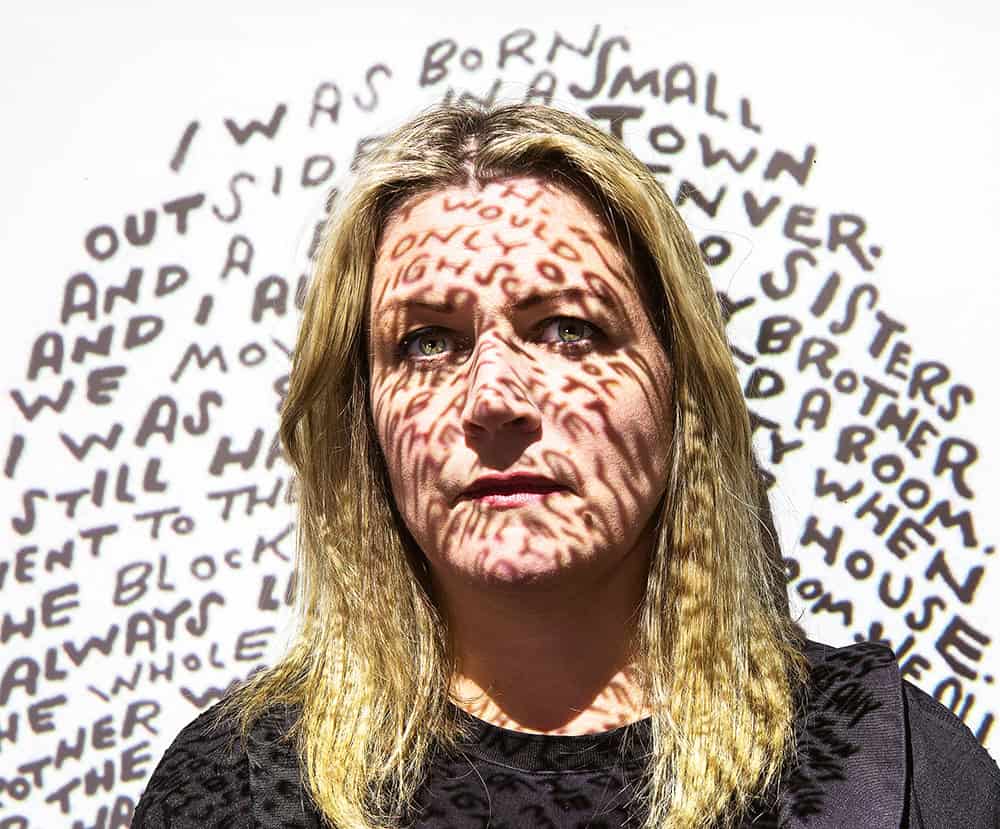Every year, there are approximately 6,000 incidents where people suddenly collapse due to cardiac arrest, situations where people could potentially benefit from the use of a defibrillator, says Andreas Claesson, a researcher at the Center for Resuscitation Science at Karolinska Institutet’s Department of Medicine.
“Of those, only 12 per cent of people survive. That the mortality rate is so high is the core of the societal problem and the challenge.”
The occupational health department at Lund University organises a CPR course, including training on the use of defibrillators, approximately once a month. There are 25 participants and two instructors per session. There are no organised courses for students.

Andreas Claesson
Researcher, Center for Resusciation Science
At Linköping University, with a campus area of 274,100 square meters and around 45,000 employees and students, there are no permanently installed defibrillators. There are two on the campus in Linköping and two on the campus in Norrköping, one in a security staff vehicle and one in the security guards’ office.
“Some departments have also bought their own defibrillators after carrying out a risk assessment, for example labs that work with high voltage. So there are a number of other defibrillators in the buildings. But we have no central overview or list of how many there are,” says Veronika Brodin, security coordinator at Linköping University

Veronika Brodin
Security coordinator, Linköping University
After office hours, the premises where the employees work are locked. She says that defibrillators have been installed in the student building, which is open longer.
Cardiopulmonary resuscitation (CPR) training, including training on the use of defibrillators, is held once a month for employees. In the past three years, around 180 people have attended the training.
Stockholm University has the second highest number of defibrillators, with 66. Umeå University has 47 and Chalmers has 34. All three have a campus area of over 200,000 square metres. Two universities, University West and Konstfack University of Arts, Crafts and Design, told us that they have one defibrillator.
At University West, it is estimated that approximately 2,000 of the 13,000 students are on site at any one time. The 750 employees are also not all on the premises at the same time, says property manager Thomaz Birgerson.
“So we haven’t felt that we need more than one. We have placed it right next to our service centre, which is the heart of the university, close to where we also have the restaurant and the library, so it is located very centrally.”

Thomaz Birgersson
Property manager, University West
The defibrillator at University West was installed in 2010. Training has been carried out, and according to Thomaz Birgerson, it is possible to access a defibrillator within the five minutes recommended by the Swedish Resuscitation Council.
“It has been a few years since we last held that training. But we have tested a simulation in a stairwell, and we had no problems,” he says. Employees attached to the service centre and the maintenance department receive training every two years, but there are no special courses for students. So far, there have been no incidents at University West.
But the defibrillator is listed in the defibrillator register and has on occasion been fetched by others.
“The town hall is across the road and they have been over to collect it, but that time it didn’t need to be used. Now they have their own defibrillators,” says Thomaz Birgerson.
What is a defibrillator?
The device used in the event of a cardiac arrest is called a defibrillator or an AED (Automated external defibrillator). It delivers an electric shock and can be manual, semi-automatic or automatic.
According to the Swedish Resuscitation Council’s overall goals, a defibrillator not situated in a hospital must be accessible for use within five minutes. In a cardiac safe zone, it must be possible to start treatment within three minutes.
Defibrillators can be listed in the defibrillator register, which can be found here.
Source: The Swedish Resuscitation Council
















